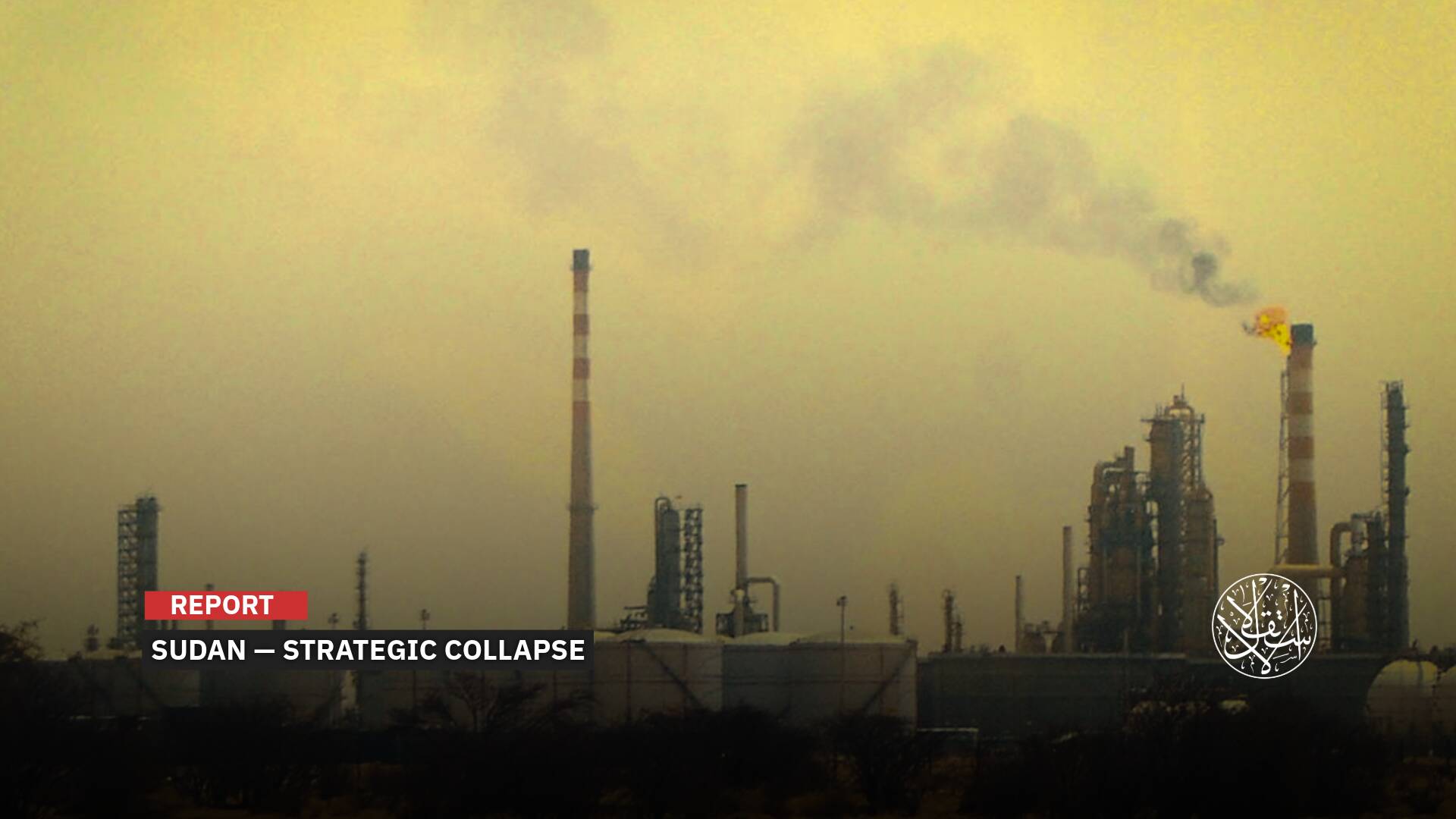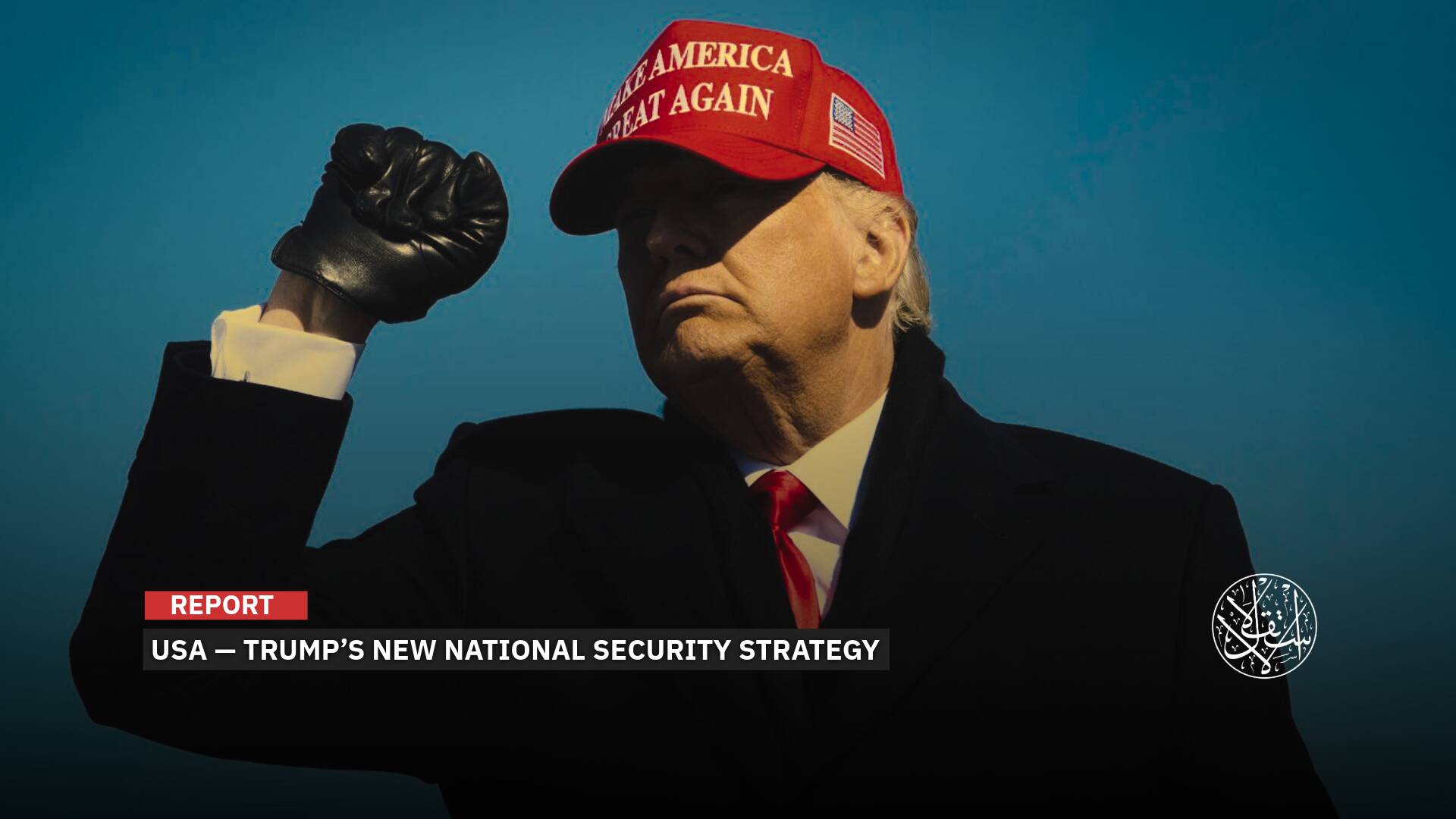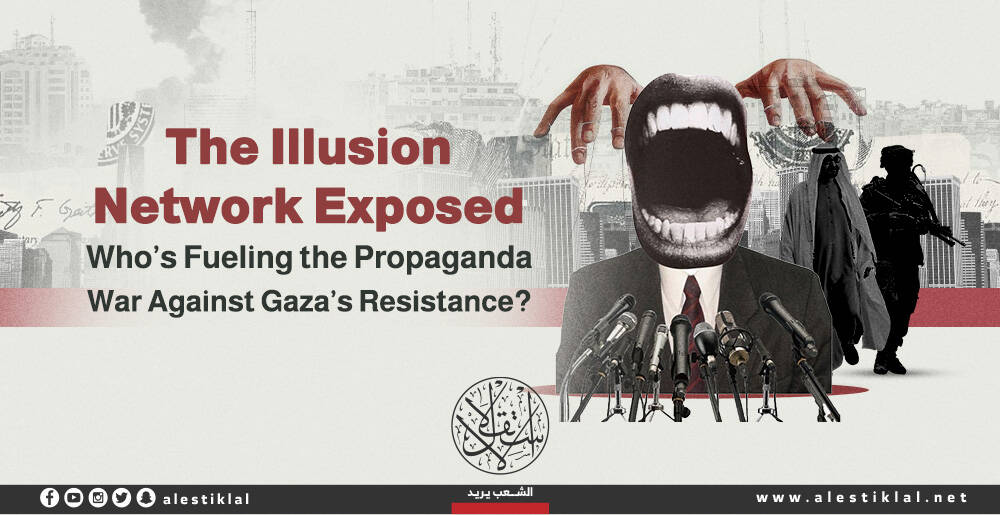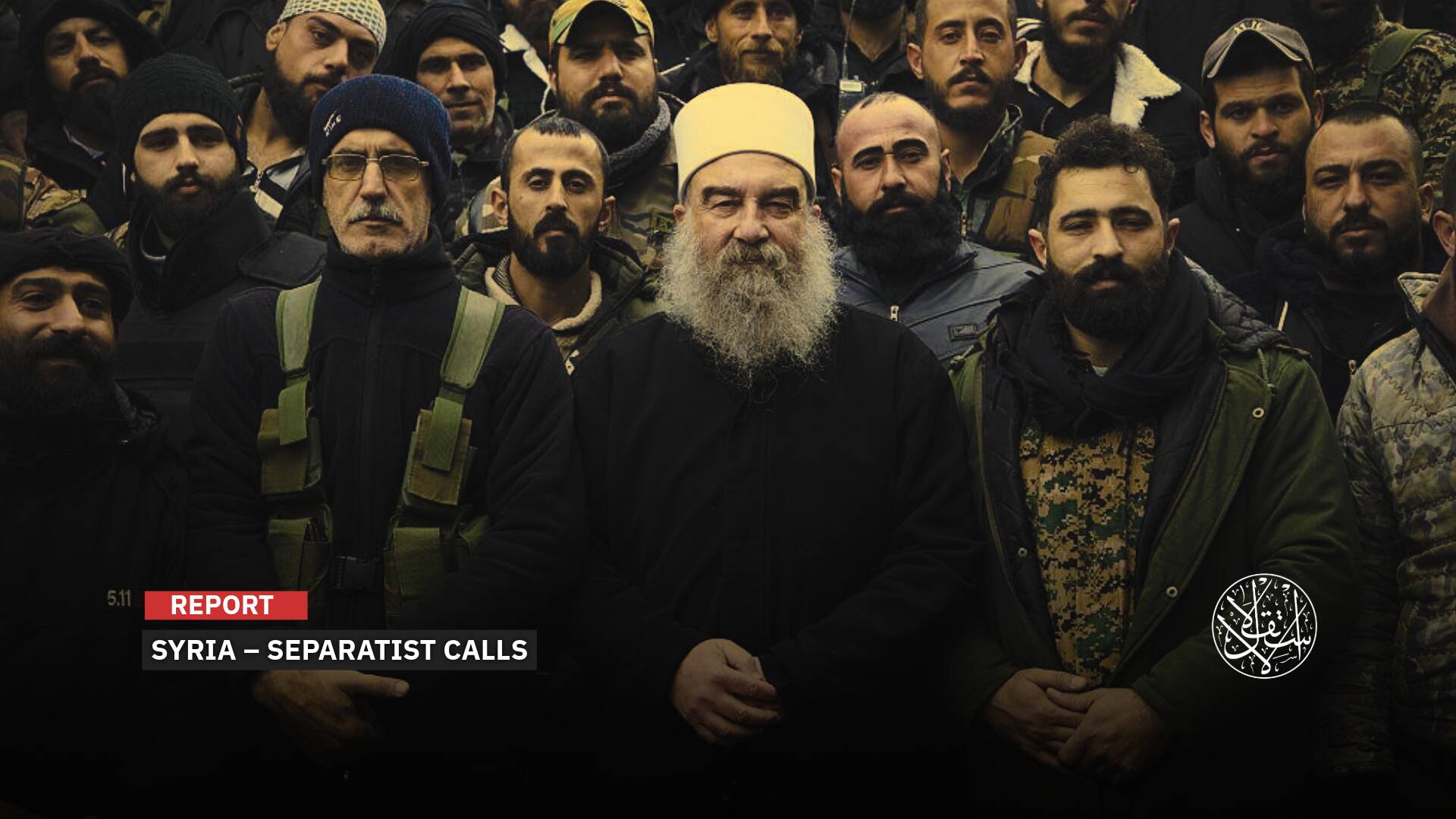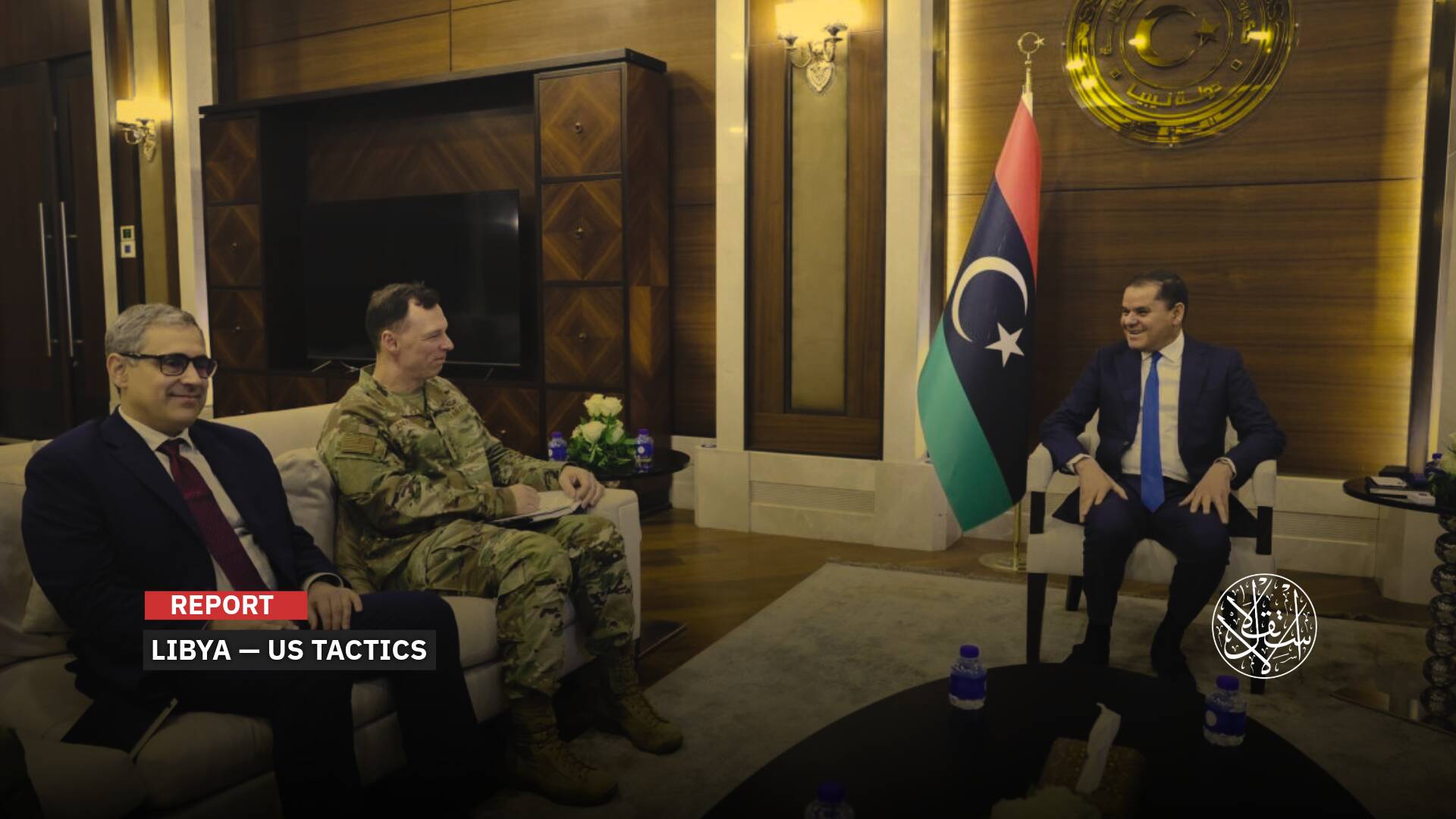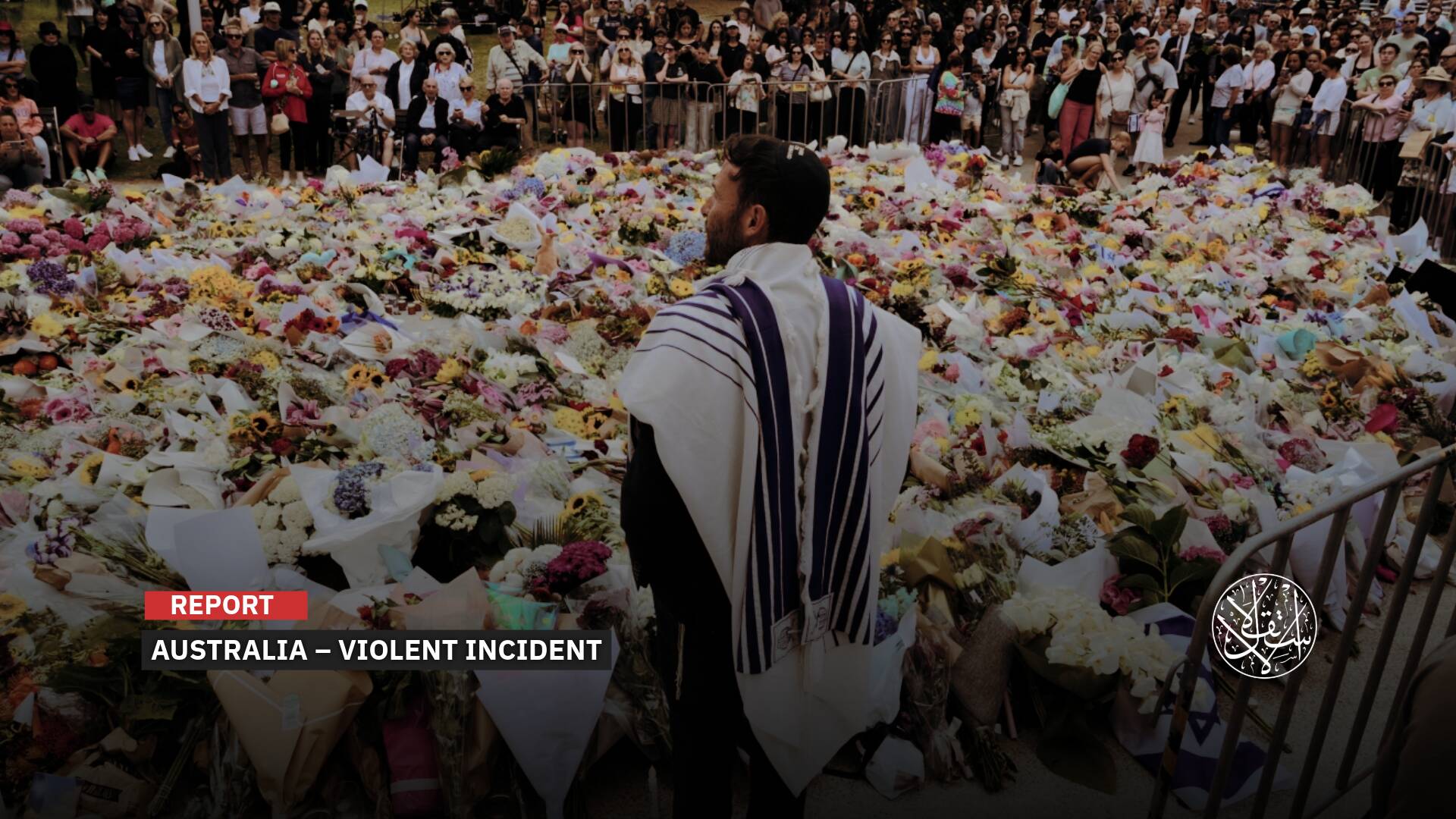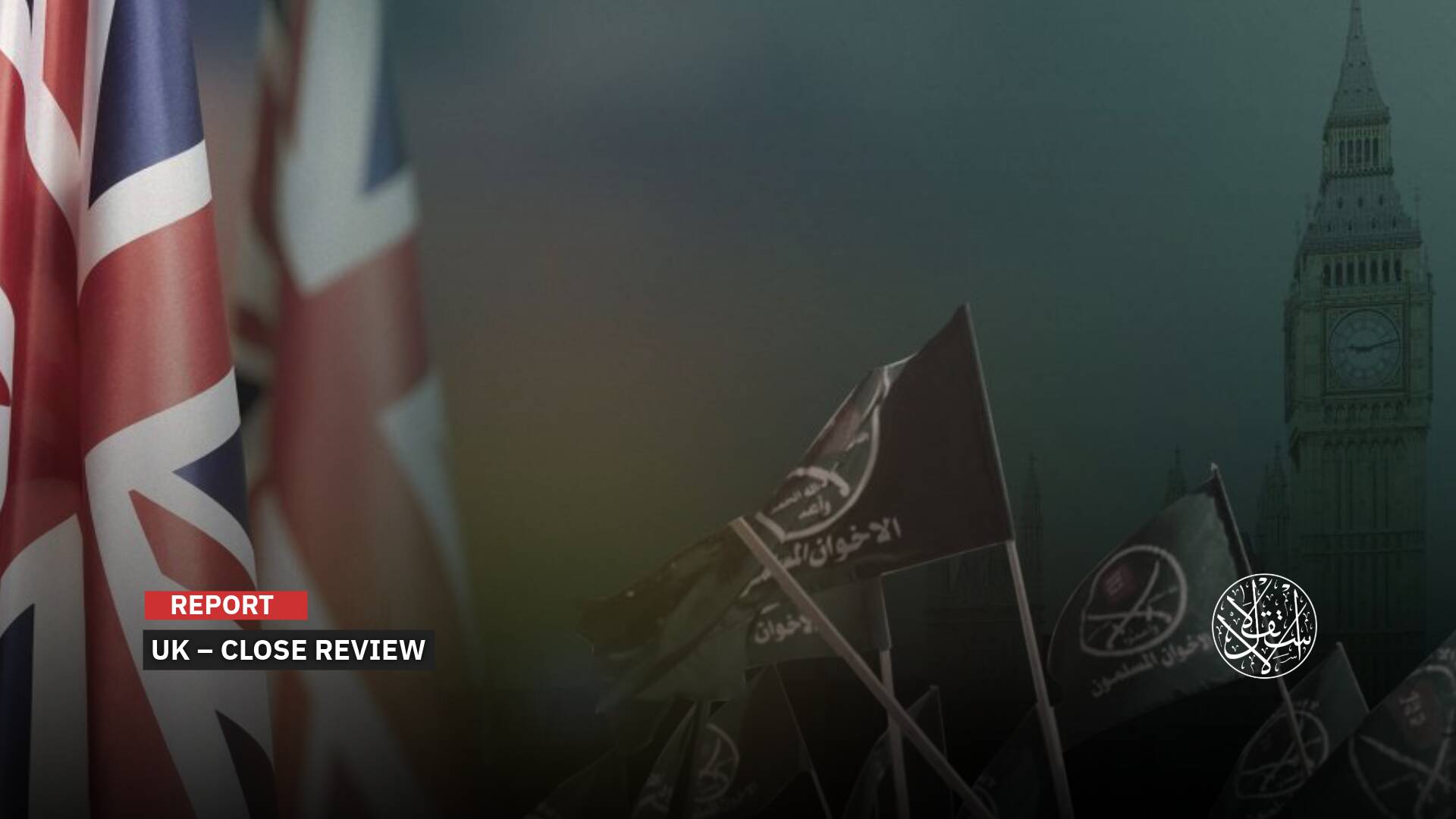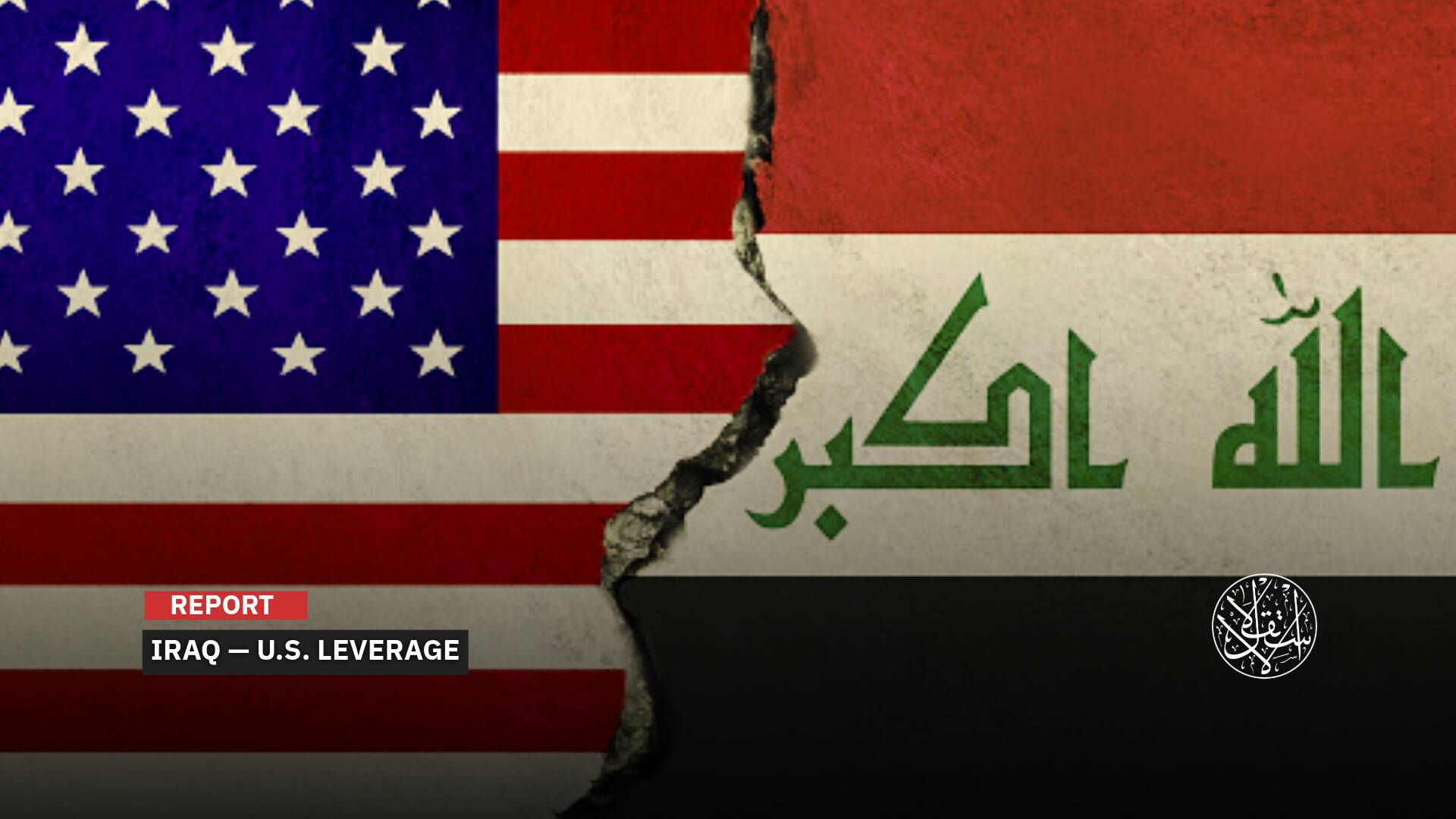Limited or Extended Operation: What Is the Israeli Occupation Seeking in Rafah?

This development came shortly after Hamas signaled its acceptance of a ceasefire proposal brokered by Egypt and Qatar.
The Israeli Occupation confirmed it had assumed control over the Palestinian segment of the Rafah border crossing.
This development came shortly after Hamas signaled its acceptance of a ceasefire proposal brokered by Egypt and Qatar.
The previous evening, a communiqué from Prime Minister Benjamin Netanyahu’s office disclosed that the Israeli occupation’s security cabinet had directed the military to commence operations in the Rafah region.
The statement underscored that the mission aimed to secure the release of captives and to neutralize Hamas’s capabilities.
Further, the Israeli military’s spokesperson ordered the evacuation of residents from Rafah’s eastern districts, directing them towards designated “safe zones.”
These areas were set to expand from the Sultan neighborhood’s midpoint in southern Rafah up to Deir al-Balah in the north, encompassing the eastern stretch of Salah al-Din Street in central Khan Yunis.
Following the announcement, the eastern regions of Rafah were subjected to artillery and aerial strikes, prompting a mass displacement of the populace towards the west and north.
Prior Intention
Repeatedly, the Israeli Prime Minister has intimated the possibility of a full-scale incursion into Rafah.
Concurrently, the United States has cautioned against any extensive military campaign that fails to consider the high concentration of civilians and refugees, which the United Nations estimates to exceed one million.
Amidst the evacuation directives and the expansion of civilian “safe zones,” speculation mounts over the Israeli military’s intentions in Rafah. The scope of the impending operation remains uncertain.
The evacuation notices encompassed nine sectors, as delineated by the Israeli occupation, including Al-Shoka and the neighborhoods of Al-Salam, Al-Jeneina, Tabet Zaraa, and Al-Byouk.
These areas, already densely populated with residents and refugees from various parts of Gaza, face challenges in facilitating a swift evacuation.
The maps released by the Israeli military indicate that the evacuation zones also cover the Rafah and Kerem Shalom border crossings.
The Rafah crossing, managed by Palestinian and Egyptian authorities, serves as a vital conduit for humanitarian aid from Egypt and is the sole passage for individuals between Gaza and the outside world.
Since initiating hostilities in Gaza on October 7, 2023, the Israeli occupation had shuttered the Kerem Shalom crossing, only reopening it under American pressure in December of the same year.
The region houses the Abu Youssef Al-Najjar Hospital, one of the few medical facilities in Gaza to have escaped destruction, alongside the Kuwaiti Hospital. Together, they cater to the healthcare needs of over 1.5 million individuals.
Political analyst Tariq Bodyafa suggests that the Israeli occupation is resolute in concluding its military campaign in Gaza, with the Israeli army regarding the area as a strategic stronghold housing three of the four Qassam brigades in Rafah.
The Institute for the Study of War (ISW) identifies this zone as belonging to the Rafah Brigade, a component of the Al-Qassam Brigades.
The Rafah Brigade comprises four battalions, including elite forces that played a pivotal role in targeting Israeli military positions east of Rafah during Operation Al-Aqsa Flood.
On May 7, John Kirby, the National Security Council’s Strategic Communications Coordinator, conveyed that “Israel” had assured the United States of a limited military engagement in Rafah, aimed at disrupting Hamas’s logistical capabilities.
The U.S. has historically opposed any large-scale Israeli maneuvers in Rafah, maintaining a neutral stance on more contained actions.

Former Experiences
Comparisons are drawn to the Israeli occupation’s prior military patterns in Gaza, characterized by extensive troop deployments and heavy bombardment, resulting in significant civilian casualties.
In a discussion with Al-Estiklal, Bodyafa said that the nature of the Israeli occupation’s military action in Rafah is influenced by multiple factors, including U.S. policy, population density, relations with Egypt, and the geographical constraints of Rafah.
“The operation would differ from past campaigns in Khan Yunis and other cities. He anticipates a more methodical and targeted approach, allowing ample time for civilian evacuation to predetermined safe zones,” Bodyafa said.
“The current international climate does not favor large-scale operations, implying that the Israeli occupation will likely avoid actions that could provoke global outrage,” he added.
Recently, U.S. officials halted a weapons shipment bound for Israel. The New York Times cited a senior U.S. official emphasizing that “Israel” should refrain from a major ground offensive in Rafah.
The official expressed particular concern over the potential collateral damage from 2,000-pound bombs in densely populated areas.
The halted shipment included a significant quantity of heavy ordnance, and the U.S. is reviewing additional arms transfers to Israel, including precision-guided missiles.
This move not only serves as a punitive measure but also influences Israel’s strategic calculus in the Rafah operation, especially as Israel prepares for potential confrontations on its northern border.

Last Chance
Observers had anticipated such a maneuver as a possible last-ditch effort by Prime Minister Benjamin Netanyahu to claim a semblance of victory, one that could be leveraged at future negotiating tables.
However, the fear remains that this action may set a precedent, potentially reverting the situation to pre-2005 conditions.
The short distance between the Kerem Shalom and Rafah crossings, coupled with the use of a paved road designated for humanitarian aid trucks, facilitated the swift movement of tanks.
This area, largely exposed and militarily vulnerable, is bordered by the Philadelphia Corridor and the Gaza Wall, with agricultural land to the northeast, making it less likely to be a stronghold for resistance forces due to its proximity to demilitarized zones stipulated in the peace agreement with Egypt.
Bodyafa sees that the Israeli army’s task was further simplified by the absence of resistance from the Egyptian side, which would have risked border tensions and a breach of the peace agreement.
“The operation was executed with air support and without significant obstacles, suggesting a premeditated and coordinated effort,” Bodyafa noted.
As the situation unfolds, the Rafah operation remains in its early stages, characterized more by its media portrayal than by substantial military engagement.
Despite assurances of its limited scope, there is apprehension that it could escalate beyond mere theatrics, potentially redefining the rules of engagement and influencing future negotiations.
The enduring control of Rafah by the Israeli military, and rumors of American companies potentially managing the crossing, hint at a longer-term occupation strategy.
Such developments could complicate matters further if Israel asserts control over the Philadelphia Corridor, with implications for the region’s stability and the flow of aid into Gaza. The situation remains fluid, with the potential for significant geopolitical shifts in the near future.


